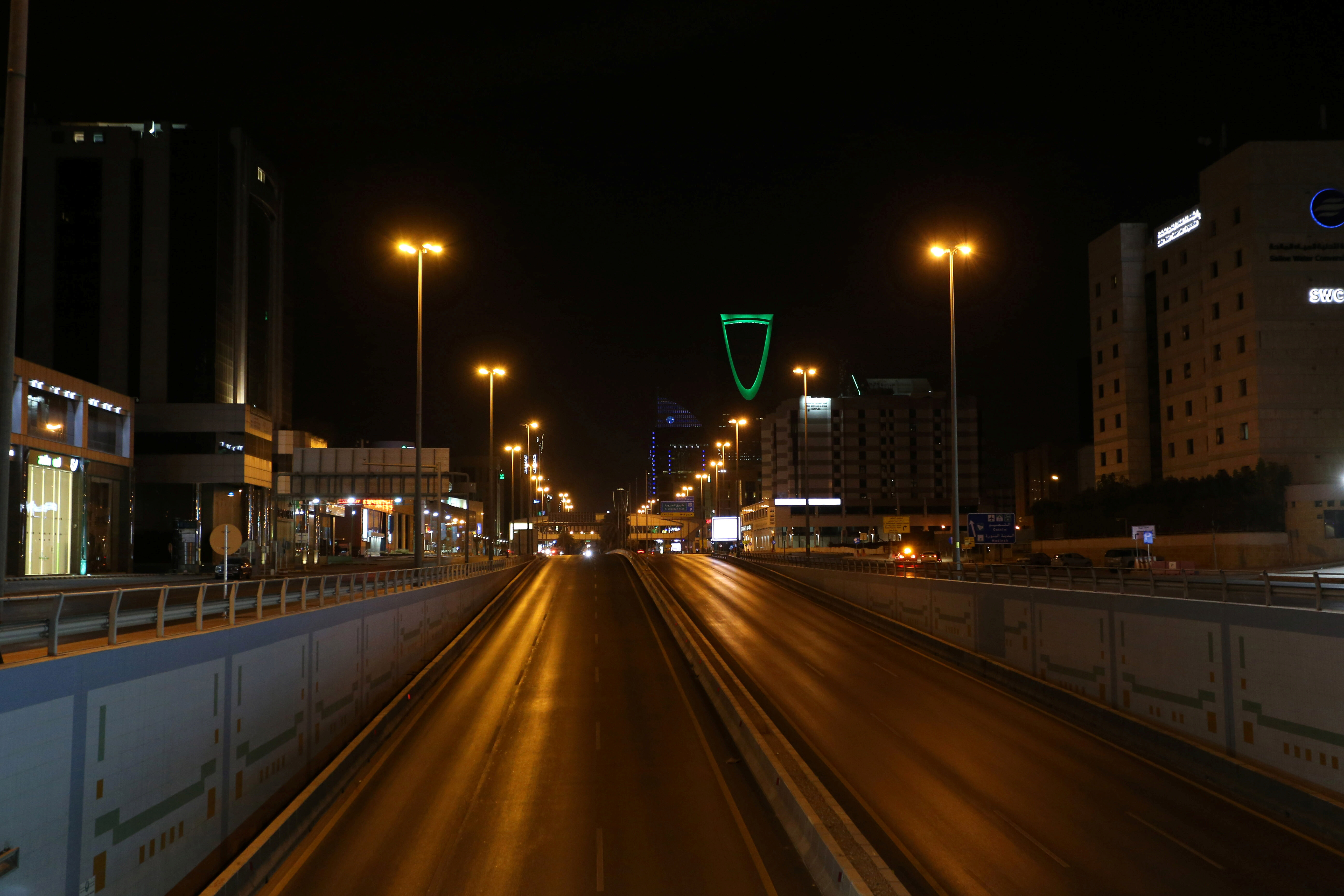How to ensure schools and hospitals benefit from Africa's solar boom

A worker walks past solar panels at Centragrid power plant in Nyabira, Zimbabwe, June 22, 2020 Image: REUTERS/Philimon Bulawayo
- Off-grid solar power has been heralded as the best way to improve access to electricity in sub-Saharan Africa.
- The sector has attracted significant inflows of capital - but public institutions are in danger of being left behind.
- Public-private partnerships are the best way to tackle this problem. Here's why.
Over the past 15 years, solar energy – more specifically, off-grid solar systems, composed of solar panels generating electricity and battery storage to provide power at night – has often been heralded as a ‘golden solution’ for electrifying Africa. These systems are particularly relevant to sub-Saharan countries, where the grid is often unreliable and only available in urban areas.
Off-grid solar was instrumental in increasing energy access by 32% in sub-Saharan Africa from 2008-17. Favourable solar irradiance, increasingly cost-effective photovoltaic and battery technology solutions, and innovative pay-as-you-go business models unleashed a gold rush of international private investor capital into the sector. From 2012-2019, $1.1 billion was invested in off-grid solar projects and enterprises across sub-Saharan Africa. This significant inflow of capital was to be a harbinger of a brighter future and energy access for all. It would allow countries to bypass dependency on unreliable national power grids and prohibitive grid expansion costs.
Unpacking these investment flows, however, paints a much less sanguine picture. The large majority of international private capital into the sector has tended to flow to investments targeting commercial and industrial sectors or denser urban populations. And even in these revenue-generating sectors, investments can remain risky. As a result, more than half of the population in sub-Saharan Africa remained unconnected in 2017.
Not surprisingly, investing in off-grid energy solutions for public institutions, such as health and education centres, police stations and firefighters, involving high government counter-party risk is a non-starter for most, if not all, private investors. The promise to electrify public institutions and provide energy access to all largely remains the domain of donor-funded investments.
Supporting off-grid energy for public institutions will require a shift away from the upfront grant-based capital expenditure model.
Donor-funded initiatives for off-grid solar systems in public health facilities and schools typically prioritise coverage of the upfront capital expenditure costs of the solar panels. This upfront grant-based model, however, suffers from important constraints that limit the scaling of impact:
· Short programmatic timelines of three to five years incentivise donors to prioritise upfront capital deployment and the number of systems installed as a key performance indicator. Ensuring sustainability by pricing in long-term operation and maintenance contracts over time is difficult to manage within shorter-term donor mandates. With few incentives for local energy service providers to provide long-term operational sustainability and disposal, systems often fail prematurely.
· Limited annual budgets and high upfront capital expenditure costs constrain the number of solar systems donors can finance in any given year (versus spreading out smaller leasing payments over time, as is common in the private pay-as-you-go market).
· Lack of coordination between different donor initiatives prevents economies of scale efficiencies and reduced transaction costs. There are also many examples of donors installing new systems on top of setups funded by other initiatives after only a few years. This is what many beneficiaries refer to as the ‘graveyard’.
· Lack of buy-in/ownership from beneficiaries creates perverse incentives. The issues mentioned above creates expectations that donors will replace installations every few years. With little financial cost or incentives, beneficiaries often ignore proper maintenance and use.
A coordinated public-private partnership between development finance institutions (DFI) and pooled donor funding can ensure public facilities are no longer left behind.
Unlocking capital for off-grid solar in the public sector will require addressing two core issues: firstly a lack of investor appetite in any public counter-party risk exposure, and secondly inefficient deployment of donor capital.
DFIs may partly fill this gap. Indeed, DFIs are credible and capable actors that can invest with public counter-party exposure, and at the longer maturities needed. They have explicit mandates to provide finance for investments that promote development, where commercial markets would not otherwise invest. Furthermore, DFIs have significant balance sheets. These can be deployed in public-private partnerships for this very purpose (if project portfolios are aggregated to represent a relevant size). Over time, DFI-led initiatives can set a strong track record incentivizing private investors to step in as well.
What's the World Economic Forum doing about the transition to clean energy?
Donor capital would still be needed to support or guarantee the underlying payments to DFIs over the life of a financial lease, in order to offer DFIs a fair return on investment. This would require moving away from a short-term/capital expenditure model. Instead, donors would need to adopt a longer-term pooled leasing mechanism to match payments to liabilities. And for this to work, donors would need to gain comfort that the benefits outweigh this additional financing cost. Here, the argument goes: by spreading costs over time, donors can finance energy access to more public facilities, from day one. More importantly, a shift to a long-term leasing model can ensure long-term operational sustainability and pave the way for more sustainable economic, environmental, and social impact.
KOIS, an impact finance firm, is for instance currently designing a public-private partnership facility that leverages financing from DFIs and longer-term pooled donor funding and guarantees. This is done in partnership with UNDP’s Solar4Health programme in sub-Saharan Africa. The successful deployment of this investment vehicle in five pilot countries could be a roadmap for scaling across the continent. This mechanism could help ensure the race to solar-power Africa no longer leaves behind public institutions and hopefully serves to create a financing model that would allow private investors to join.
Don't miss any update on this topic
Create a free account and access your personalized content collection with our latest publications and analyses.
License and Republishing
World Economic Forum articles may be republished in accordance with the Creative Commons Attribution-NonCommercial-NoDerivatives 4.0 International Public License, and in accordance with our Terms of Use.
The views expressed in this article are those of the author alone and not the World Economic Forum.
Stay up to date:
SDG 07: Affordable and Clean Energy
Related topics:
Forum Stories newsletter
Bringing you weekly curated insights and analysis on the global issues that matter.
More on Geographies in DepthSee all
Jon Huntsman Jr and Sri Nazir Razak
December 1, 2025








